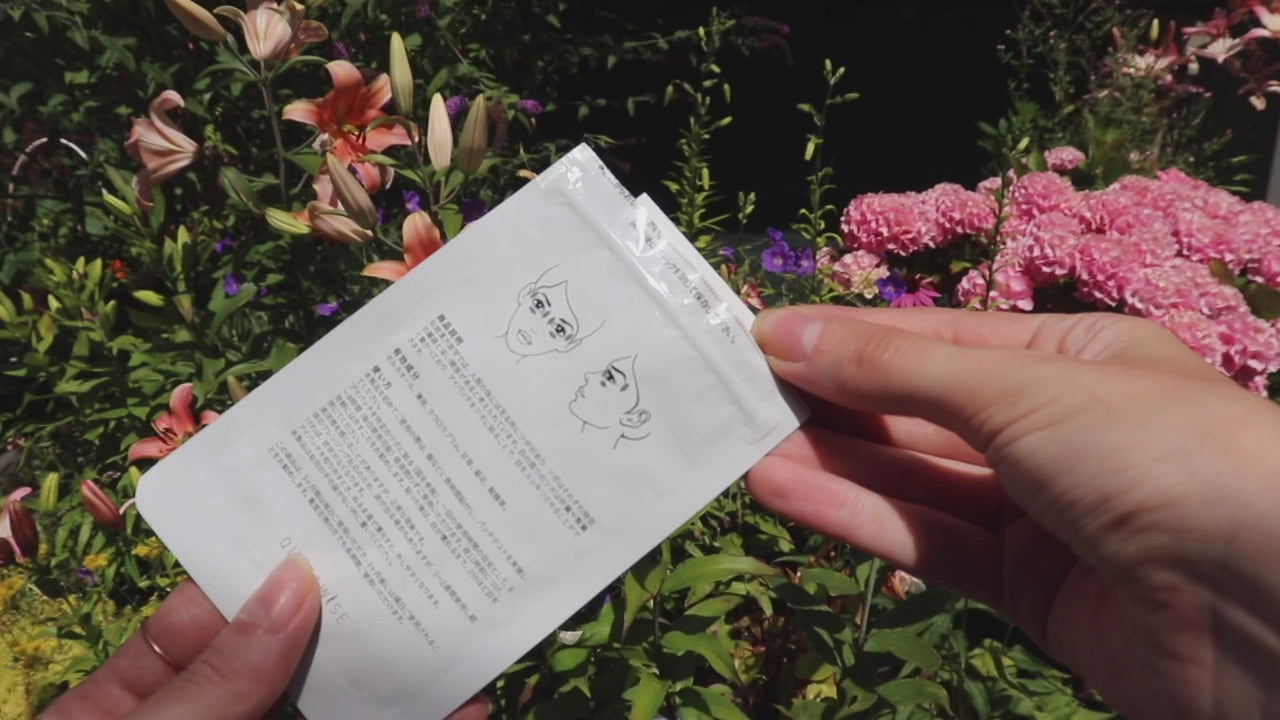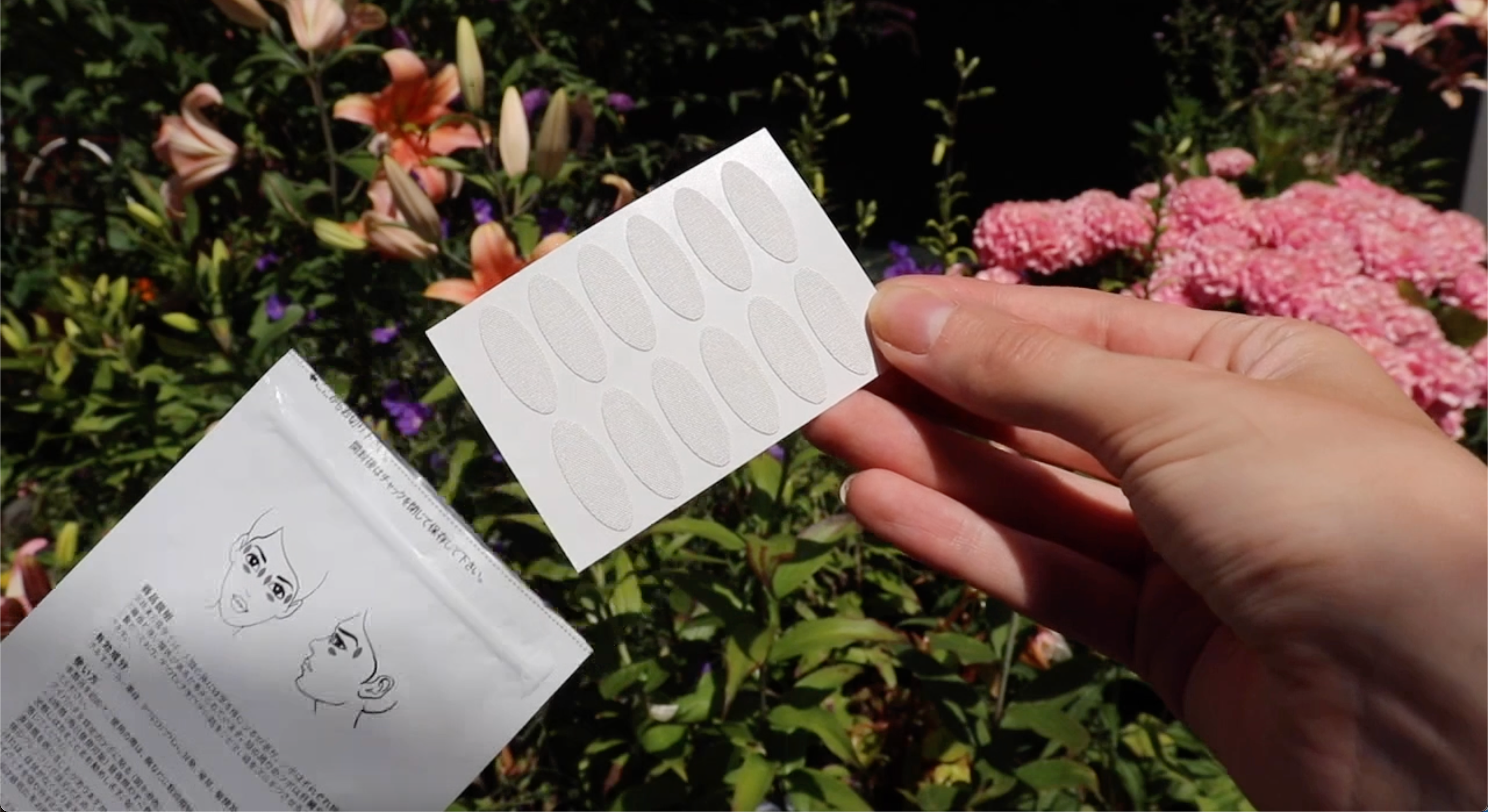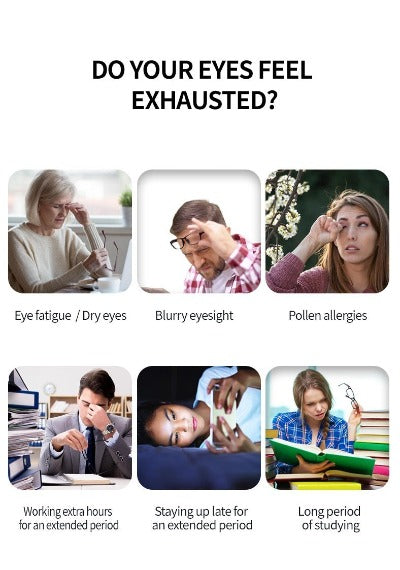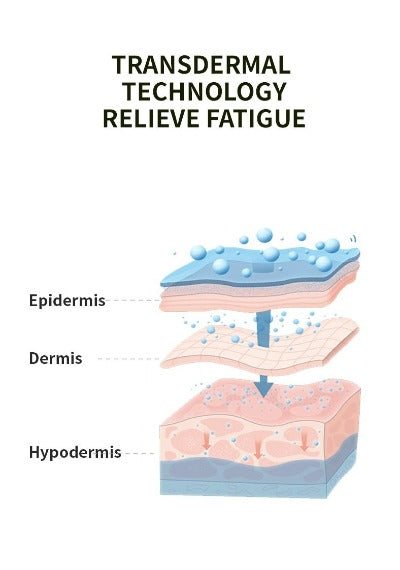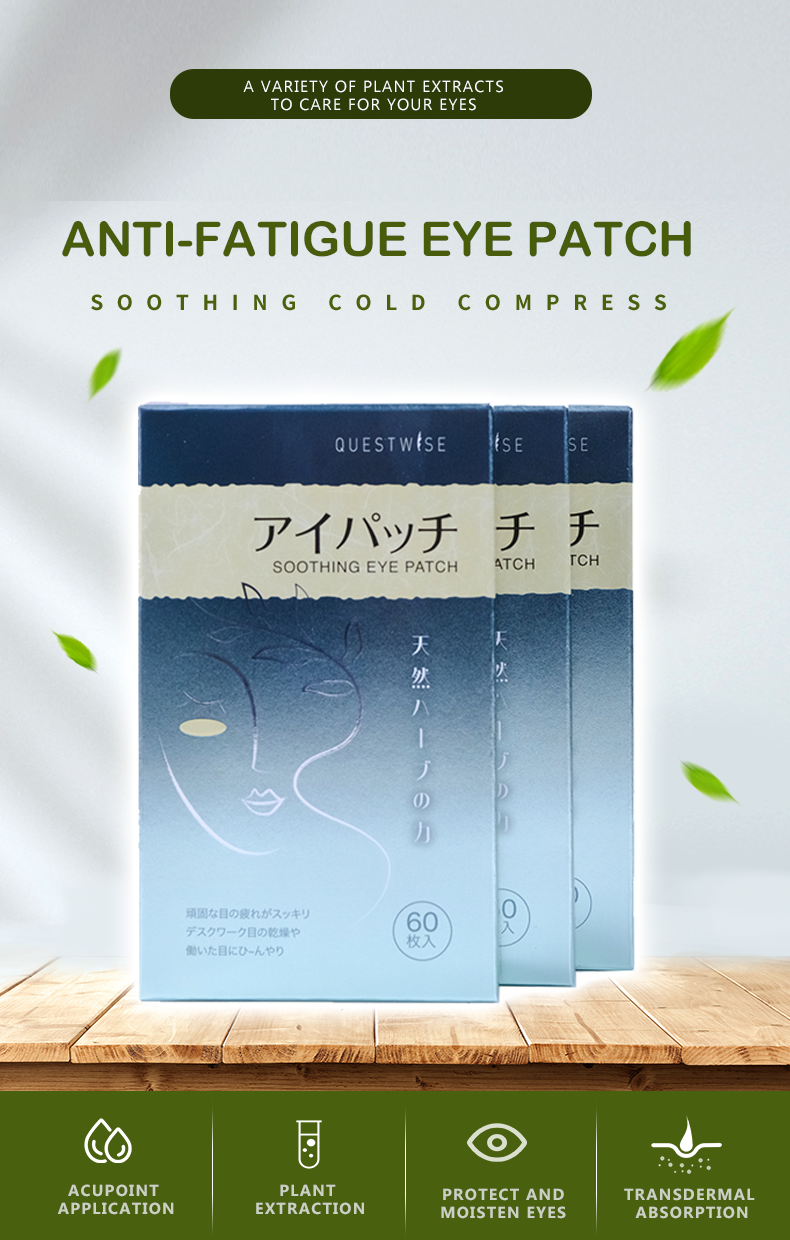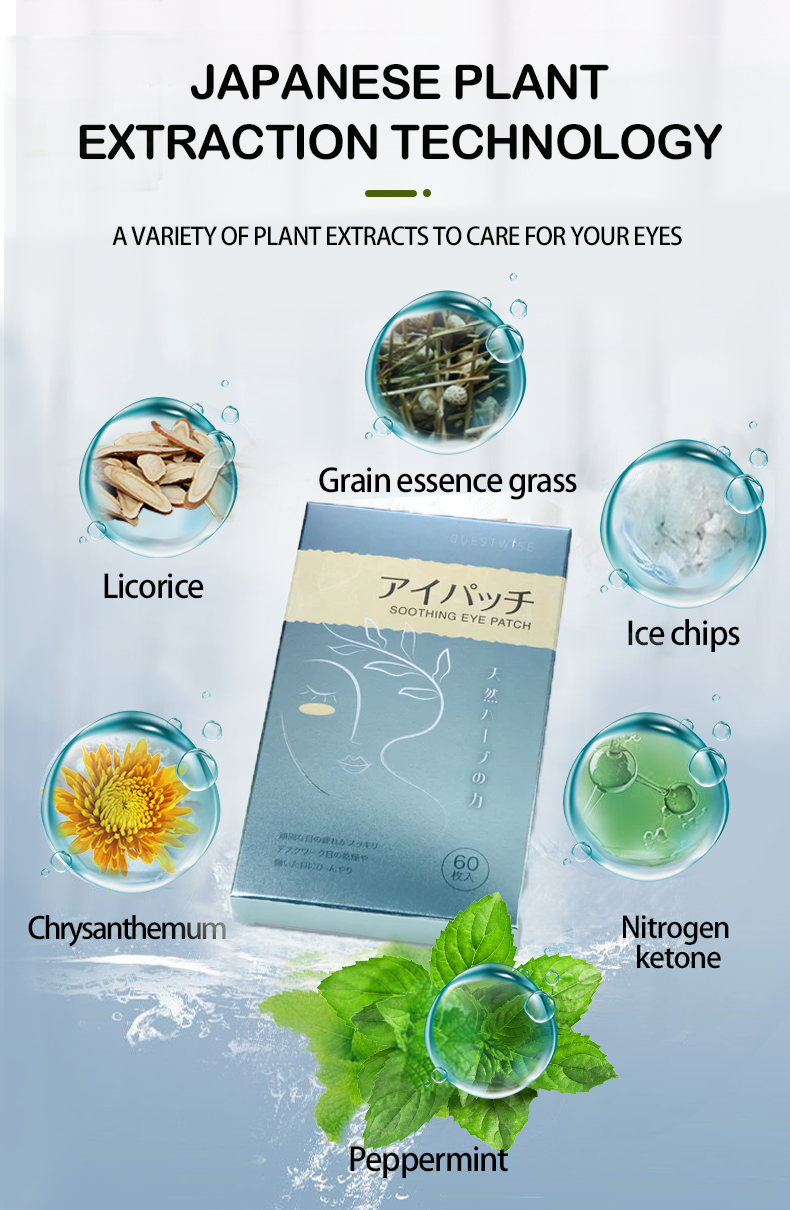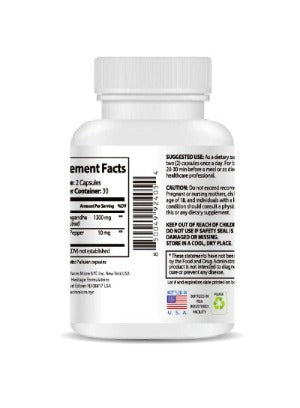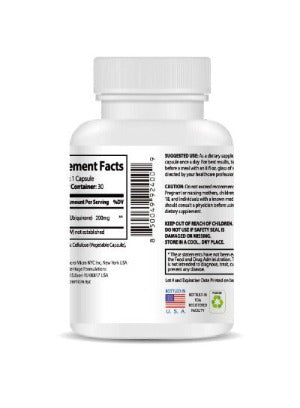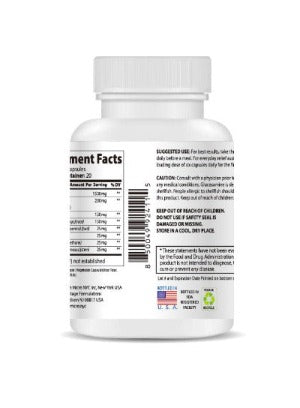Understanding High Eye Pressure: A Comprehensive Beginner’s Guide
High eye pressure, or ocular hypertension, is a condition where the fluid pressure inside your eye is elevated above the typical range. While not always a direct precursor to glaucoma, it significantly increases your risk of developing this serious eye condition. In 2025, proactive understanding and management of high eye pressure are paramount for preserving long-term eye health and vision. This comprehensive guide will delve into the intricacies of this condition, empowering you with knowledge and practical strategies for managing symptoms and mitigating risks. We will explore the causes, symptoms, diagnosis, treatment options, and lifestyle modifications that can significantly impact your eye health journey. This guide is intended for informational purposes and should not replace professional medical advice. Always consult with your ophthalmologist or optometrist for personalized care.
What is High Eye Pressure and Why Should You Prioritize Its Management?
Our eyes maintain a delicate balance of fluid production and drainage. This fluid, called aqueous humor, nourishes the eye’s internal structures. High eye pressure arises when this balance is disrupted, causing an accumulation of fluid and a rise in intraocular pressure (IOP). The pressure increase can damage the optic nerve, potentially leading to vision loss if left untreated. Early detection is vital, and regular eye exams are your first line of defense. The earlier high eye pressure is detected and managed, the greater the chance of preserving your vision.
Why should you prioritize its management? Because high eye pressure, even without immediate symptoms, can silently damage your vision over time. The gradual, insidious nature of the condition often means that significant damage can occur before you notice any changes in your eyesight. Proactive monitoring and management significantly reduce the risk of irreversible vision impairment. It's a silent thief of sight, and early intervention is the best weapon against it.
Delving Deeper into the Causes of High Eye Pressure
The exact causes of high eye pressure are multifaceted and not fully understood. However, several factors contribute, including:
- Genetics: A family history of glaucoma or high eye pressure increases your risk significantly. If your parents or grandparents suffered from these conditions, it’s crucial to be extra vigilant and schedule more frequent eye exams.
- Age: The risk increases with age, making regular eye exams particularly important for older adults. The aging process affects various bodily systems, including the delicate balance of fluid dynamics in the eye.
- Ethnicity: Certain ethnic groups, such as African Americans and Hispanics, have a higher prevalence of high eye pressure and glaucoma. Understanding these ethnic predispositions is essential for targeted preventative care.
- Medical Conditions: Conditions like diabetes, heart disease, hypertension, and migraines can increase your susceptibility. These conditions often have systemic effects that can indirectly affect eye health.
- Eye Injuries: Past eye trauma can sometimes disrupt the delicate balance of fluid dynamics within the eye, increasing the risk of developing high eye pressure. Even seemingly minor injuries should be evaluated by an eye care professional.
- Medications: Some medications, including steroids, can have high eye pressure as a side effect. Always inform your ophthalmologist about all medications you are taking, including over-the-counter drugs and supplements.
- Lifestyle Factors: While research is ongoing, factors such as poor diet, lack of exercise, and chronic stress may play a role in the development of high eye pressure. Adopting a healthy lifestyle is always beneficial for overall health and may positively impact eye health.
While you can’t control all risk factors, being aware of your individual risk profile allows for more proactive management and preventative measures. This might include more frequent eye examinations, earlier interventions and careful consideration of lifestyle choices. Knowledge is power in managing this condition.
Recognizing the Symptoms: When to Seek Immediate Professional Help
In the early stages, high eye pressure often presents with no noticeable symptoms. This is precisely why regular comprehensive eye examinations are critical. As the pressure increases, you may begin to experience:
- Gradual vision loss: This is often peripheral (side) vision loss initially. You might notice difficulty seeing objects in your peripheral vision before central vision is affected.
- Blurry vision: Vision may appear hazy or indistinct, making it challenging to focus on objects clearly. This can affect near vision and distance vision.
- Headaches: Persistent or severe headaches, especially around the eyes, can be a warning sign. The headaches may be accompanied by nausea or other symptoms.
- Eye pain: Sharp or dull pain in the eye or surrounding areas. The pain may be constant or intermittent.
- Redness: Noticeable redness in the eye, indicative of inflammation or irritation. The redness may be accompanied by other symptoms.
- Halos around lights: Seeing colored rings around lights, a symptom that warrants immediate attention.
- Eye discomfort: A general feeling of pressure or discomfort in the eye, described as a feeling of fullness or tightness.
- Frequent eye watering or dryness: An imbalance in the tear film can sometimes be a symptom of ocular hypertension.
If you experience any of these symptoms, even mildly, schedule an appointment with your ophthalmologist or optometrist immediately. Early intervention is crucial for preventing further damage. Don't delay – your vision is worth protecting.
Managing High Eye Pressure: A Multifaceted Approach
Managing high eye pressure typically involves a combination of medical interventions and lifestyle modifications. Your ophthalmologist will determine the best course of action based on your individual condition, risk factors, and overall health. Common treatments include:
- Eye drops: Medications to lower intraocular pressure. These drops are often prescribed as the first line of defense and can effectively reduce eye pressure.
- Oral medications: In some cases, oral medications may be prescribed, particularly if eye drops are ineffective or poorly tolerated.
- Laser treatment: Procedures to improve fluid drainage. Laser treatments are minimally invasive and can be very effective in improving fluid outflow.
- Surgery: In more severe cases, or when other treatments are ineffective, surgery may be necessary to alleviate pressure and prevent further damage. Surgical options are carefully selected based on individual needs.
Incorporating lifestyle changes can significantly complement medical treatments, promoting better overall health and supporting eye health. These changes aren't cures but rather supportive measures:
- Regular exercise: Maintaining a healthy weight and engaging in regular physical activity supports overall health, potentially influencing eye health. Moderate exercise is recommended.
- Healthy diet: A balanced diet rich in fruits, vegetables, and omega-3 fatty acids is beneficial for overall health and may play a role in eye health. Focus on nutritious foods.
- Stress management: Chronic stress can negatively impact various bodily systems, including the eyes. Stress-reduction techniques such as yoga, meditation, or deep breathing exercises are beneficial.
- Adequate sleep: Sufficient sleep is crucial for overall health and well-being, potentially contributing to better eye health. Aim for 7-8 hours of quality sleep each night.
The use of Wise Quest Soothing Eye Patches can be a helpful addition to your eye care routine. These patches, infused with traditional Chinese herbal medicine, offer soothing relief from eye strain, dryness, and redness – common symptoms often associated with high eye pressure and its treatment. They help to promote healthy blood circulation, thus helping alleviate discomfort. Remember that these patches are a complementary approach and should not replace medical advice or treatment. They are meant to provide additional comfort.

Managing high eye pressure is a long-term commitment. Regular monitoring, adherence to your ophthalmologist’s recommendations, and a proactive approach to self-care are essential for preserving your vision and overall well-being. The soothing properties of Wise Quest Soothing Eye Patches can provide a comforting complement to your medical treatment plan, offering relief from associated symptoms.

Remember, early detection and consistent management are key to preventing vision loss. Regular eye exams are non-negotiable, and combining medical advice with supportive measures can help you maintain excellent eye health for years to come. Proactive care is your best defense against the potential complications of high eye pressure.
Conclusion: Taking Charge of Your Eye Health
High eye pressure is a condition that demands attention and proactive management. While it doesn't always lead directly to glaucoma, it significantly increases the risk. Regular eye exams are your most powerful tool for early detection. By combining regular check-ups with your ophthalmologist, adherence to prescribed treatments (if necessary), and incorporation of healthy lifestyle choices, you can effectively manage high eye pressure and protect your vision. Supportive measures like using Wise Quest Soothing Eye Patches can offer additional comfort and relief from associated symptoms. Prioritize your eye health; your vision is a precious gift to cherish and protect. Take charge of your eye health today, and ensure a brighter future for your sight.



